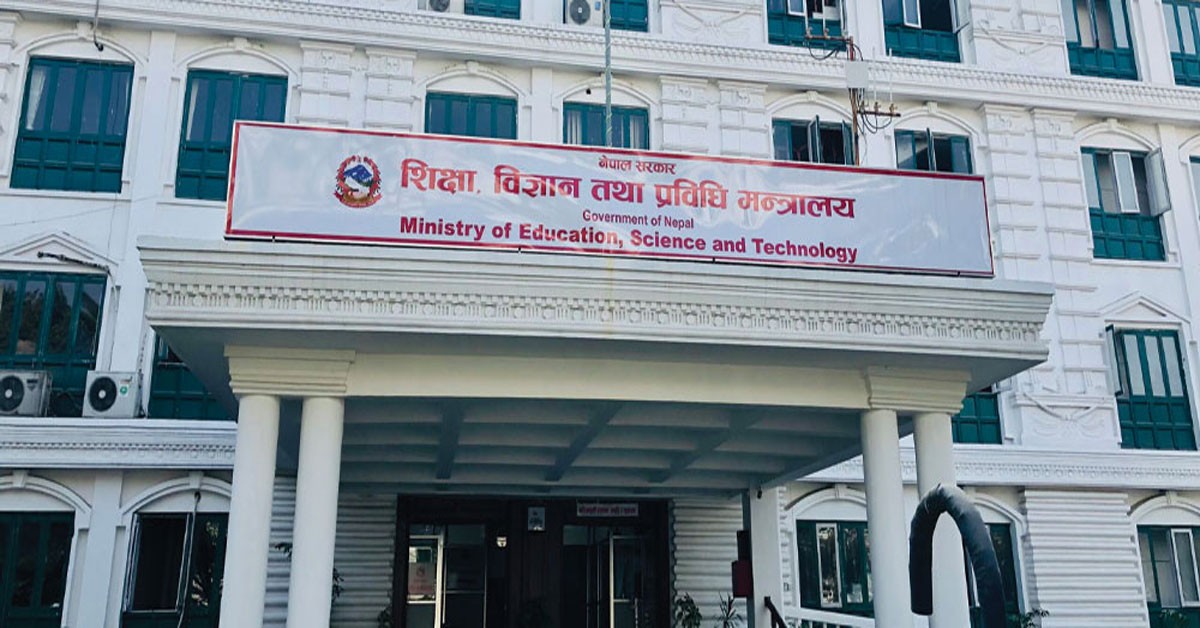
Redam Baniya
 Nepal, Study Abroad, Oppurtunities
Nepal, Study Abroad, Oppurtunities
 0 comment
0 comment
 07 Apr, 2025
07 Apr, 2025

With over half of its
population under 25, Nepal is rapidly emerging as one of the most significant
sources of international students globally. This rising demand for overseas
education recently brought together representatives from 16 leading
universities from countries like the US, UK, Canada, Australia, Japan, and New
Zealand—who visited Nepal as part of the Nepal Rising initiative led by Acumen.
Universities from the UK,
including Aberystwyth, Bangor, Glasgow Caledonian, Lincoln, Central Lancashire,
Hull, Leeds, Suffolk, and Cardiff, participated in the visit. From the US,
Fordham University and Wayne State University joined the delegation, alongside
York University (Canada), the University of Canterbury (New Zealand), and the
Australian National University.
Japan, which has become a major destination for Nepali
students—hosting over 45,000 in 2023—was represented by the University of Tokyo
and Kyoto University of Advanced Sciences.
The Nepal Rising initiative
offered global universities deeper insight into Nepal’s K-12 education sector,
regulations around higher education, and the overall student recruitment
ecosystem. It also fostered meaningful interactions with over 35 education
counselors and agents based in Nepal.
Sagar Bahadur, Executive Director for India, South Asia, and
Southeast Asia at Acumen, praised the strong engagement from Nepal’s academic
community, noting the country’s growing relevance on the international
education map.
The US and UK are seeing
Nepal as a high-potential market, particularly due to increased visa success
rates in recent years. In the 2022–2023 academic year alone, the number of
Nepali students in the US rose to 15,090—a remarkable 27.9% growth from the
previous year.
Wayne State University has identified Nepal as a top-priority
market, with its South Asia regional team gaining significant traction in
student engagement.
Similarly, the UK has experienced a major surge, with Nepal
becoming its sixth-largest source of international students by June 2024—a 63%
year-on-year increase, even as the overall number of student visas fell
globally. Favorable visa policies have been a key factor in this trend.
Despite the popularity of destinations like the US, UK, Canada,
and Australia, recent policy changes and economic pressures are shaping new
student mobility patterns.
"Following the post-pandemic surge in 2022, major
destinations began tightening student visa norms in 2024, due to issues like
housing shortages and inflation," shared Bigyan Shrestha, Executive
Chairman of SoftEd Group.
He added that students are now exploring alternative countries
like the UAE, South Korea, Thailand, and European nations, which offer simpler
visa processes and more affordable study options.
Nepal’s high outbound
student numbers are also tied to broader workforce dynamics. Remittances from
migrant workers contribute a significant 26.6% to Nepal's GDP—around $11
billion in 2023—highlighting the country's deep ties to global mobility.
Kshitiz Dahal, an academic
counselor at St. Xavier's College, emphasized that today’s students are making
strategic education choices, guided by employability prospects and return on
investment. Countries like France, Norway, Sweden, China, Israel, and Singapore
are gaining interest, along with traditional destinations.
“Students are thinking
long-term—looking beyond just the degree and focusing on global opportunities
and residency benefits,” he said.
However, Nepal’s increasing interest in foreign education also
points to systemic challenges, including brain-drain and limited quality
tertiary education within the country. A recent tragedy involving a Nepali
student in India sparked criticism of Nepal's outdated education policies,
which many believe push students abroad.
In response, the
government is now actively pursuing partnerships to strengthen its local
education sector. Over 30 transnational education (TNE) campuses are in the
pipeline, potentially serving around 30,000 students. These partnerships,
supported through foreign direct investment (FDI), aim to bring branch campuses
of international universities directly to Nepal.
“More than 115,000
students left Nepal for study abroad recently,” noted Shrestha. “But with
updated government policies and the establishment of international campuses
within Nepal, we aim not just to retain our students, but also to attract
learners from across South Asia.”
Nepal’s favorable climate,
affordable living, and reputation for safety and hospitality make it an
attractive destination—not only for retaining local talent but also for
becoming a regional education hub.
Redam Baniya
0 comment